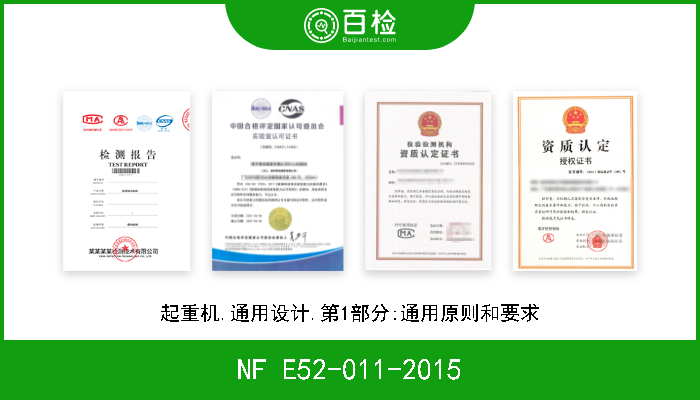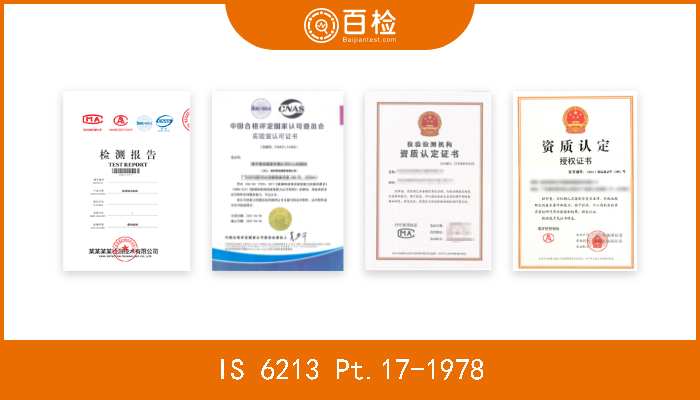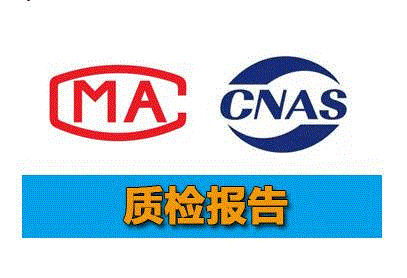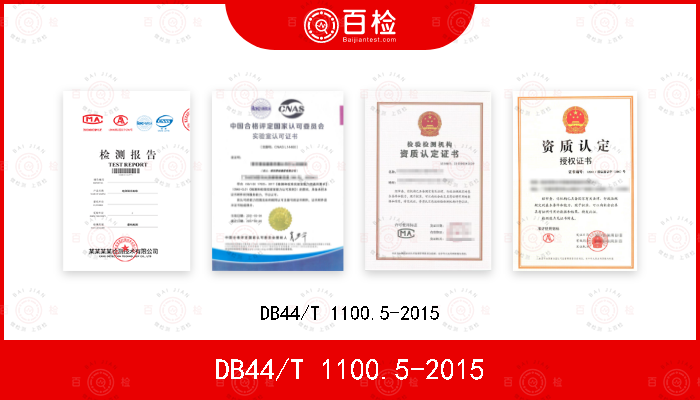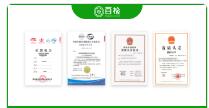BS ISO/IEC 10181-3-1996 信息技术.开放系统互连.开式系统用安全帧.存取控制帧
百检网 2021-08-02
标准号:BS ISO/IEC 10181-3-1996
中文标准名称:信息技术.开放系统互连.开式系统用安全帧.存取控制帧
英文标准名称:Information technology - Open systems interconnection - Security frameworks for open systems - Access control framework
标准类型:L79
发布日期:1997/2/15 12:00:00
实施日期:1997/2/15 12:00:00
中国标准分类号:L79
国际标准分类号:35.100.01
适用范围:The Security Frameworks are intended to address the application of security services in an Open Systems environment, where the term Open Systems is taken to include areas such as Database, Distributed Applications, ODP and OSI. The Security Frameworks are concerned with defining the means of providing protection for systems and objects within systems, and with the interactions between systems. The Security Frameworks are not concerned with the methodology for constructing systems or mechanisms. The Security Frameworks address both data elements and sequences of operations (but not protocol elements) that are used to obtain specific security services. These security services may apply to the communicating entities of systems as well as to data exchanged between systems, and to data managed by systems. In the case of Access Control, accesses may either be to a system (i.e. to an entity that is the communicating part of a system) or within a system. The information items that need to be presented to obtain the access, as well as the sequence of operations to request the access and for notification of the results of the access, are considered to be within the scope of the Security Frameworks. However, any information items and operations that are dependent solely on a particular application and that are strictly concerned with local access within a system are considered to be outside the scope of the Security Frameworks. Many applications have requirements for security to protect against threats to resources, including information, resulting from the interconnection of Open Systems. Some commonly known threats, together with the security services and mechanisms that can be used to protect against them, in an OSI environment, are described in CCITT Rec. X.800 | ISO 7498-2. The process of determining which uses of resources within an Open System environment are permitted and, where appropriate, preventing unauthorized access is called access control. This Recommendation | International Standard defines a general framework for the provision of access control services. This Security Framework: a) defines the basic concepts for access control; b) demonstrates the manner in which the basic concepts of access control can be specialized to support some commonly recognized access control services and mechanisms; c) defines these services and corresponding access control mechanisms; d) identifies functional requirements for protocols to support these access control services and mechanisms; e) identifies management requirements to support these access control services and mechanisms; f) addresses the interaction of access control services and mechanisms with other security services and mechanisms. As with other security services, access control can be provided only within the context of a defined security policy for a particular application. The definition of access control policies is outside the scope of this Recommendation | International Standard, however, some characteristics of access control policies are discussed. It is not a matter for this Recommendation | International Standard to specify details of the protocol exchanges which may need to be performed in order to provide access control services. This Recommendation | International Standard does not specify particular mechanisms to support these access control services nor the details of security management services and protocols. A number of different types of standard can use this framework including: a) standards that incorporate the concept of access control; b) standards that specify abstract services that include access control; c) standards that specify uses of an access control service; d) standards that specify the means of providing access control within an Open System environment; and e) standards that specify access control mechanisms. Such standards can use this framework as follows: - standard types a, b, c, d, and e c
中文标准名称:信息技术.开放系统互连.开式系统用安全帧.存取控制帧
英文标准名称:Information technology - Open systems interconnection - Security frameworks for open systems - Access control framework
标准类型:L79
发布日期:1997/2/15 12:00:00
实施日期:1997/2/15 12:00:00
中国标准分类号:L79
国际标准分类号:35.100.01
适用范围:The Security Frameworks are intended to address the application of security services in an Open Systems environment, where the term Open Systems is taken to include areas such as Database, Distributed Applications, ODP and OSI. The Security Frameworks are concerned with defining the means of providing protection for systems and objects within systems, and with the interactions between systems. The Security Frameworks are not concerned with the methodology for constructing systems or mechanisms. The Security Frameworks address both data elements and sequences of operations (but not protocol elements) that are used to obtain specific security services. These security services may apply to the communicating entities of systems as well as to data exchanged between systems, and to data managed by systems. In the case of Access Control, accesses may either be to a system (i.e. to an entity that is the communicating part of a system) or within a system. The information items that need to be presented to obtain the access, as well as the sequence of operations to request the access and for notification of the results of the access, are considered to be within the scope of the Security Frameworks. However, any information items and operations that are dependent solely on a particular application and that are strictly concerned with local access within a system are considered to be outside the scope of the Security Frameworks. Many applications have requirements for security to protect against threats to resources, including information, resulting from the interconnection of Open Systems. Some commonly known threats, together with the security services and mechanisms that can be used to protect against them, in an OSI environment, are described in CCITT Rec. X.800 | ISO 7498-2. The process of determining which uses of resources within an Open System environment are permitted and, where appropriate, preventing unauthorized access is called access control. This Recommendation | International Standard defines a general framework for the provision of access control services. This Security Framework: a) defines the basic concepts for access control; b) demonstrates the manner in which the basic concepts of access control can be specialized to support some commonly recognized access control services and mechanisms; c) defines these services and corresponding access control mechanisms; d) identifies functional requirements for protocols to support these access control services and mechanisms; e) identifies management requirements to support these access control services and mechanisms; f) addresses the interaction of access control services and mechanisms with other security services and mechanisms. As with other security services, access control can be provided only within the context of a defined security policy for a particular application. The definition of access control policies is outside the scope of this Recommendation | International Standard, however, some characteristics of access control policies are discussed. It is not a matter for this Recommendation | International Standard to specify details of the protocol exchanges which may need to be performed in order to provide access control services. This Recommendation | International Standard does not specify particular mechanisms to support these access control services nor the details of security management services and protocols. A number of different types of standard can use this framework including: a) standards that incorporate the concept of access control; b) standards that specify abstract services that include access control; c) standards that specify uses of an access control service; d) standards that specify the means of providing access control within an Open System environment; and e) standards that specify access control mechanisms. Such standards can use this framework as follows: - standard types a, b, c, d, and e c
百检能给您带来哪些改变?
1、检测行业全覆盖,满足不同的检测;
2、实验室全覆盖,就近分配本地化检测;
3、工程师一对一服务,让检测更精准;
4、免费初检,初检不收取检测费用;
5、自助下单 快递免费上门取样;
6、周期短,费用低,服务周到;
7、拥有CMA、CNAS、CAL等权威资质;
8、检测报告权威有效、中国通用;
客户案例展示
相关商品
版权与免责声明
①本网注名来源于“互联网”的所有作品,版权归原作者或者来源机构所有,如果有涉及作品内容、版权等问题,请在作品发表之日起一个月内与本网联系,联系邮箱service@baijiantest.com,否则视为默认百检网有权进行转载。
②本网注名来源于“百检网”的所有作品,版权归百检网所有,未经本网授权不得转载、摘编或利用其它方式使用。想要转载本网作品,请联系:service@baijiantest.com。已获本网授权的作品,应在授权范围内使用,并注明"来源:百检网"。违者本网将追究相关法律责任。
③本网所载作品仅代表作者独立观点,不代表百检立场,用户需作出独立判断,如有异议或投诉,请联系service@baijiantest.com
行业热点

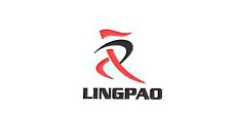
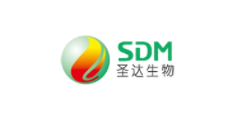
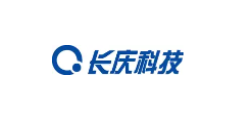
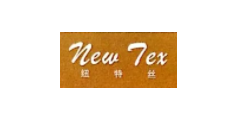
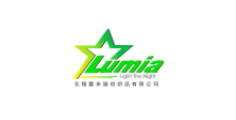
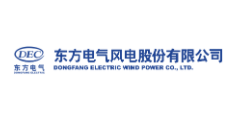
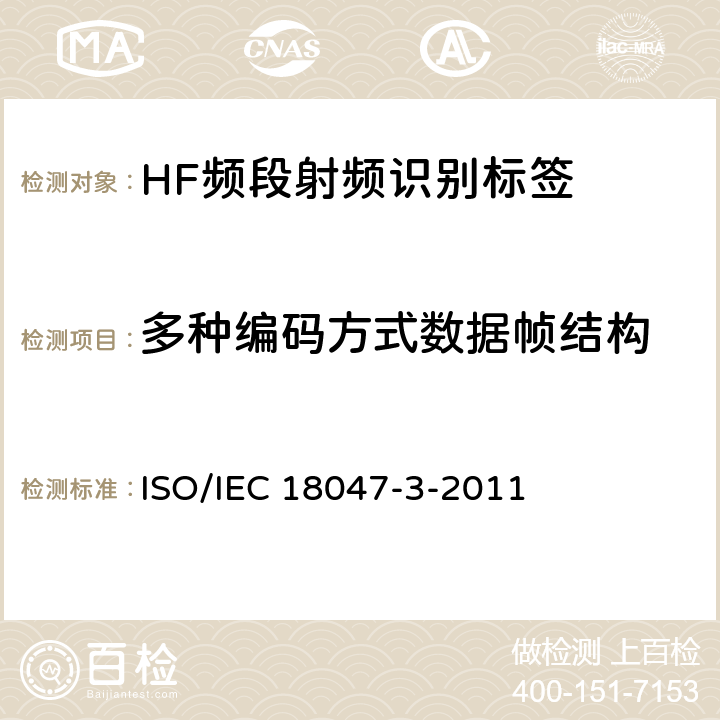

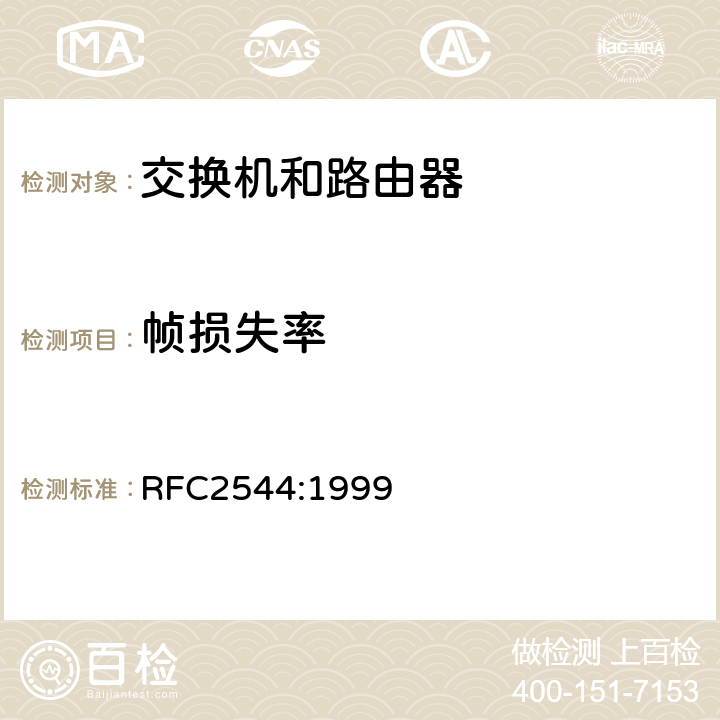
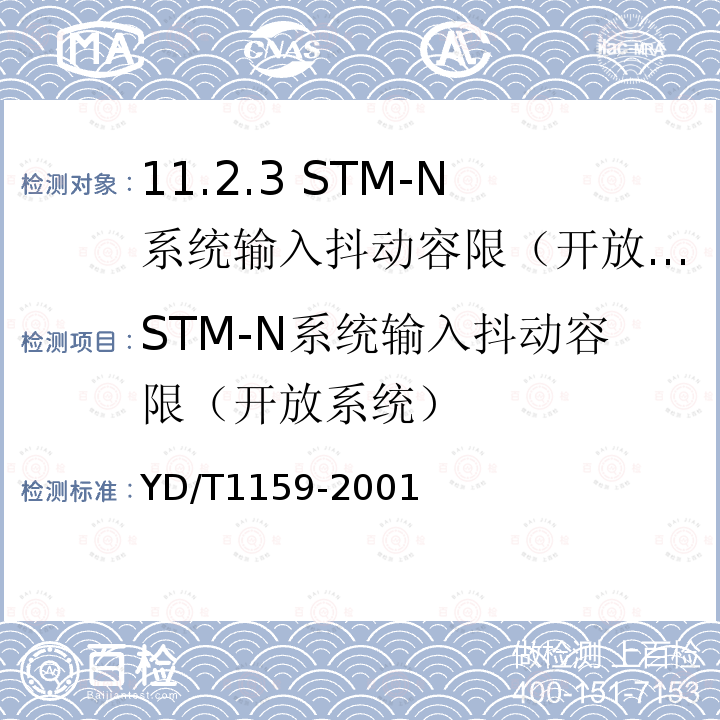
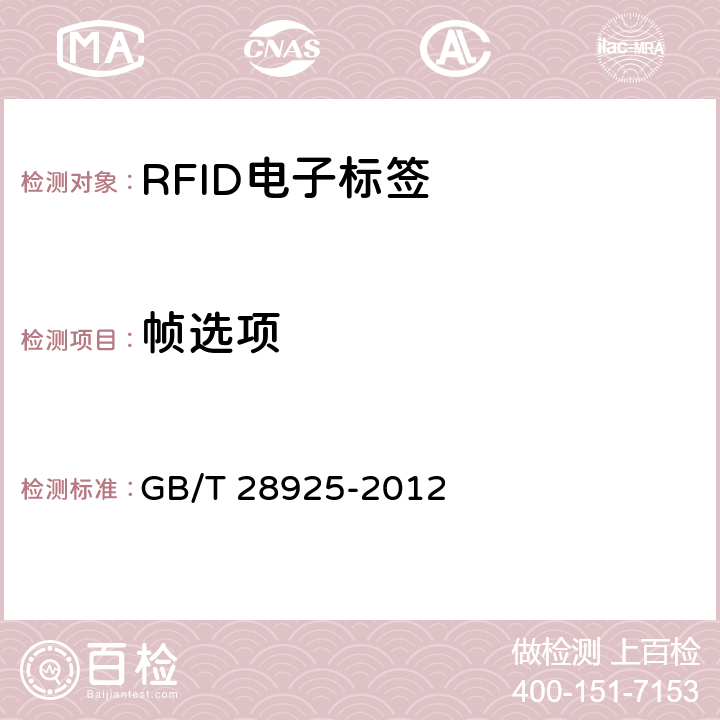

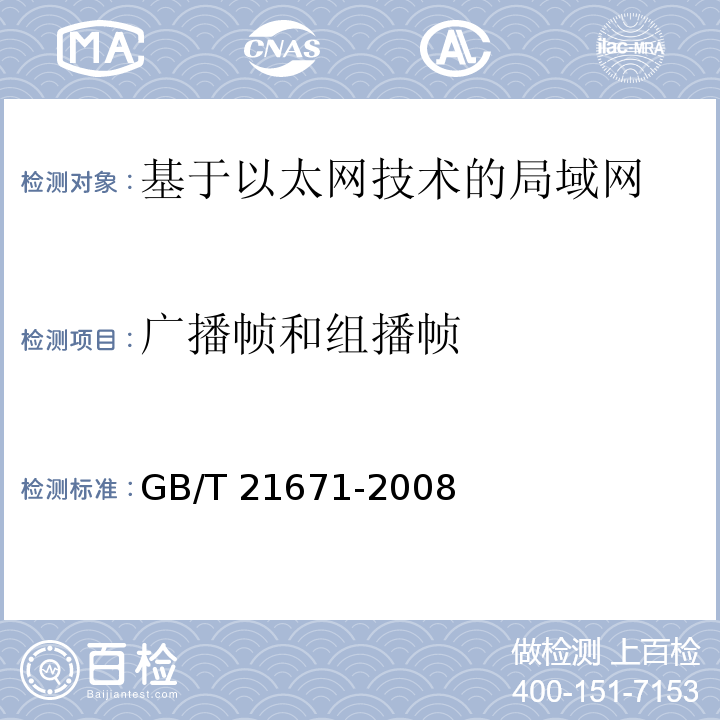

00832005.png)

